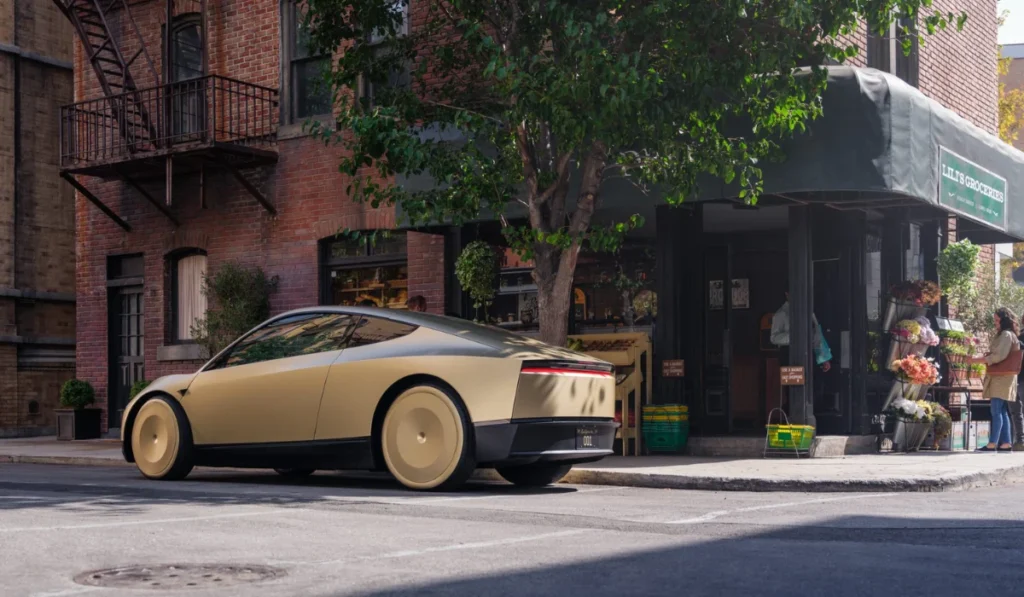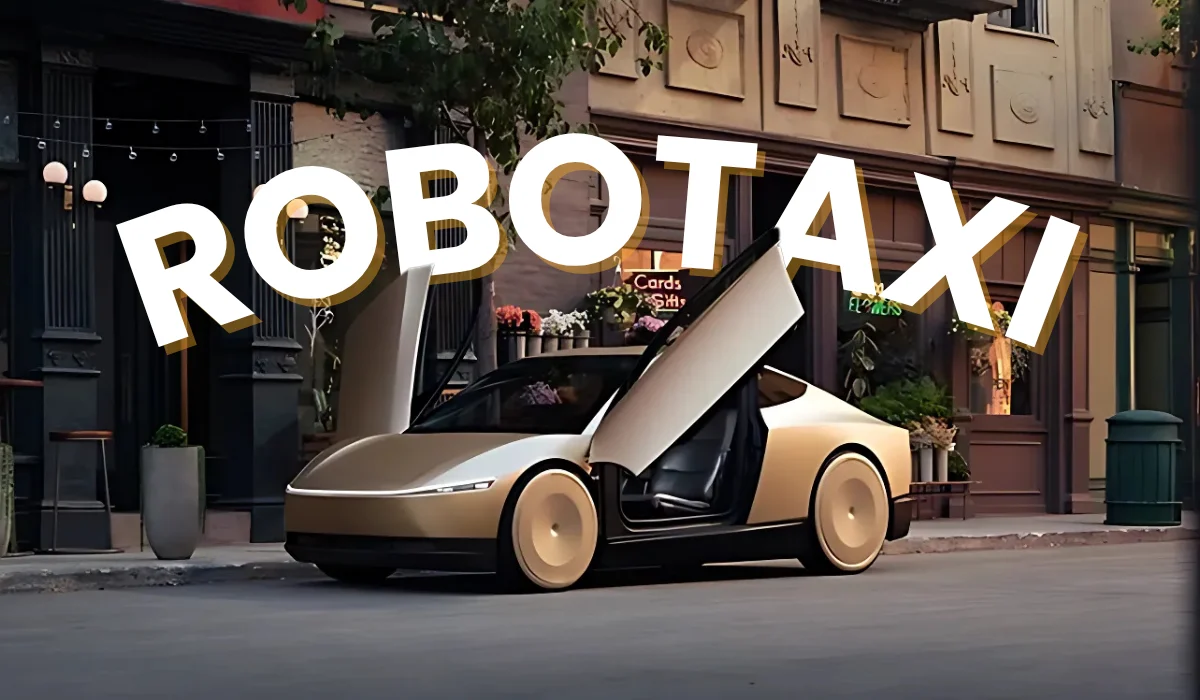Tesla indicates that its Robotaxi rides in Austin are driverless, but there is a person in the vehicle, riding shotgun. It gives you this weird feeling of being amazed, and kind of uneasy, you know? They are rolling out about 10–20 Model Ys in a geofenced area, and there is a safety monitor on every trip. Additionally, they have remote operators watching, as they cannot anticipate every situation. It is wild that something that is advertised as “driverless” still has so much human back up, but that is exactly what makes it real, and safer.
It’s tragic if something goes off course, so to have a real human there (even if not driving) helps with that. And, Tesla is doing this because bad weather, strange traffic patterns, or in the wrong place pedestrian can quickly throw a curveball to autonomy. They want to show regulators and riders: we take safety seriously.
⚖️ Deadline drama: lawmakers asking for delay until September
Texas lawmakers sent a letter urging Tesla to pause the launch until September 1—when a new autonomous‑vehicle law is supposed to kick in. They want all safety checks in place and approval from the Department of Motor Vehicles, plus instructions for first responders. It’s a fair ask, but Tesla still began early access around June 22—months before the law will require it.
This clash is tense. Republicans in Texas like Musk’s investment, but Democrats say wait. It feels like a tug‑of‑war between innovation and regulation. And honestly, I’m torn—you want the future now, but you also don’t want to skip critical safeguards.

🚘 Hidden data troves & app tricks you didn’t hear about
You’ve seen the headlines, but here’s stuff people aren’t talking about yet:
- Mass data collection behind the rides: Even flat‑fee trips upload tons of info—like how often safety monitors take control. That’s training AI in ways test labs can’t replicate.
- Robotaxi lives inside the main Tesla app: No separate download needed. You can book, control climate, maybe even open butterfly doors, and get tips like “it’s hot outside, cooling starts early.” It’s small, but it builds trust.
- Cybercab and Robovan clues: Tesla teased a van-like Robotaxi (“Robovan”). Rolling out Model Y first gives muscle memory to build bigger fleets later. This early pilot is groundwork for something huge.
These details aren’t in every story—but they matter. They show Tesla’s building not just tech, but infrastructure—both data and software—to scale fast.

💸 Flat $4.20 rides: testing money psychology
Early rides cost exactly $4.20—Elon’s meme number. Doesn’t matter if your trip is short or long, it’s still $4.20. That flat fare makes you think: is this a test of tech, or a test of people?
Will folks treat the car gently if they’re paying flat? Will they game the system, take long rides, or feel safety monitors are just there to babysit? It’s like they’re testing human behavior too. Later, they’ll probably switch to distance-based or dynamic fares—this is phase one.
📸 Online buzz & real‑time reactions
Here’s a snapshot of what people are saying:
Instagram post:
“Tesla just kicked off its first robotaxi pilot in Austin, deploying 10–20 fully autonomous Model Ys (no driver) powered by the same hardware…”
Another reel:
“Tesla Robotaxi Hits the Streets of Austin — The driverless era begins!”
On X, influencer @amitlisinvestng posted:
ELON MUSK SAYS ROBOTAXI LAUNCH DAY WILL HAVE A FLAT FEE OF $4.20 TODAY
This buzz shows excitement, caution, and curiosity all mixed in.
🛣️ What’s next, and why it matters
- Scaling plans: Wedbush believes Tesla could roll Robotaxis into 25 cities within a year investors.com.
- Stock impact: Tesla shares jumped on the early invites, but are still down on the year.
- Safety scrutiny: NHTSA is investigating how these vehicles handle poor visibility and emergencies.
For everyday people, it means self-driving rides might be closer than we think. But we’re still in the test‑zone. It’s exciting, but you feel the tension—like the future’s tasting good, but you still want to check if it’s safe.
🧠 Final thoughts
It’s a major step for self-driving cars—even if it’s not totally driverless. Tesla is mixing hype with real-world caution. With human oversight, flat fares, and behind-the-scenes tech moves, it feels like we’re watching the future being coded live.
You feel both hopeful and alert: hope because autonomy is closer, alert because this is still fragile. What comes next—how fast it scales, and how safely—it’ll shape how we ride for decades.
This pilot in Austin is more than a test ride. It’s a handshake between today and tomorrow—one cautious, data-packed ride at a time.
FAQs
What makes Tesla’s robotaxi pilot different?
They’re testing driverless rides, but keep humans onboard as a safety layer and backup. Plus remote monitoring, and geofenced areas.
Why is the Austin launch delayed?
Some lawmakers want Tesla to wait until a September law that mandates safety approvals, emergency plans, and tests before autonomous cars can operate.
How many cars are in the pilot?
Roughly 10–20 Tesla Model Y SUVs are active, and rides run 6 AM to midnight in select zones.
Why is the ride charged at $4.20?
Elon Musk often uses the $4.20 meme. It’s a flat fare test, likely to assess user behavior and trust before moving to real pricing.
Can I use the normal Tesla app to book?
Yes! No new download—Robotaxi rides are part of the main Tesla app, which feels seamless to users.
Are these robotaxis really driverless?
Not fully—not yet. The pilot still has safety monitors inside, and remote operators in case of trouble.
Is this service safe in bad weather?
Nope. Tesla pauses rides in rain, fog, or other bad conditions currently.
Will this expand to other cities?
Tesla plans for fast growth—possibly hitting 25 U.S. cities in about a year, depending on the trial’s success and regulations.

